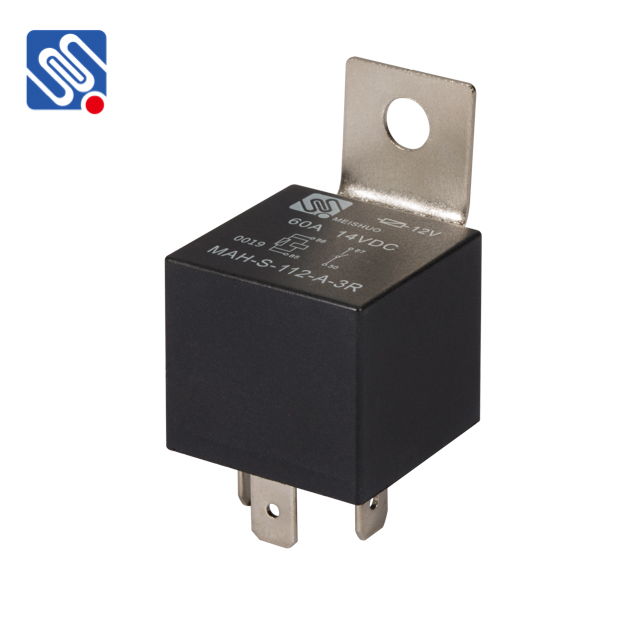Relay 12V is an essential component in various electrical and electronic applications, serving as a crucial interface between low-power control circuits and high-power loads. Understanding how a 12V relay works, its types, applications, and advantages is vital for anyone involved in electronics, automotive, or industrial automation.

What is a Relay? A relay is an electromechanical switch that opens and closes circuits electronically or electromechanically. The primary purpose of a relay is to allow a low-power signal to control a higher power signal, providing a safe and efficient means of controlling various devices. The 12V relay operates with a nominal voltage of 12 volts, making it a standard choice for automotive applications and various electronic devices. Working Principle The working principle of a relay is quite straightforward. It consists of an electromagnet, a set of contacts, and an armature. When the relay coil is energized with a 12V power supply, it creates a magnetic field that causes the armature to move. This movement either opens or closes the contacts, thereby controlling the circuit connected to the relay. The mechanical nature of the relay’s operation allows it to switch on or off large currents safely, protecting the low-power control circuit.